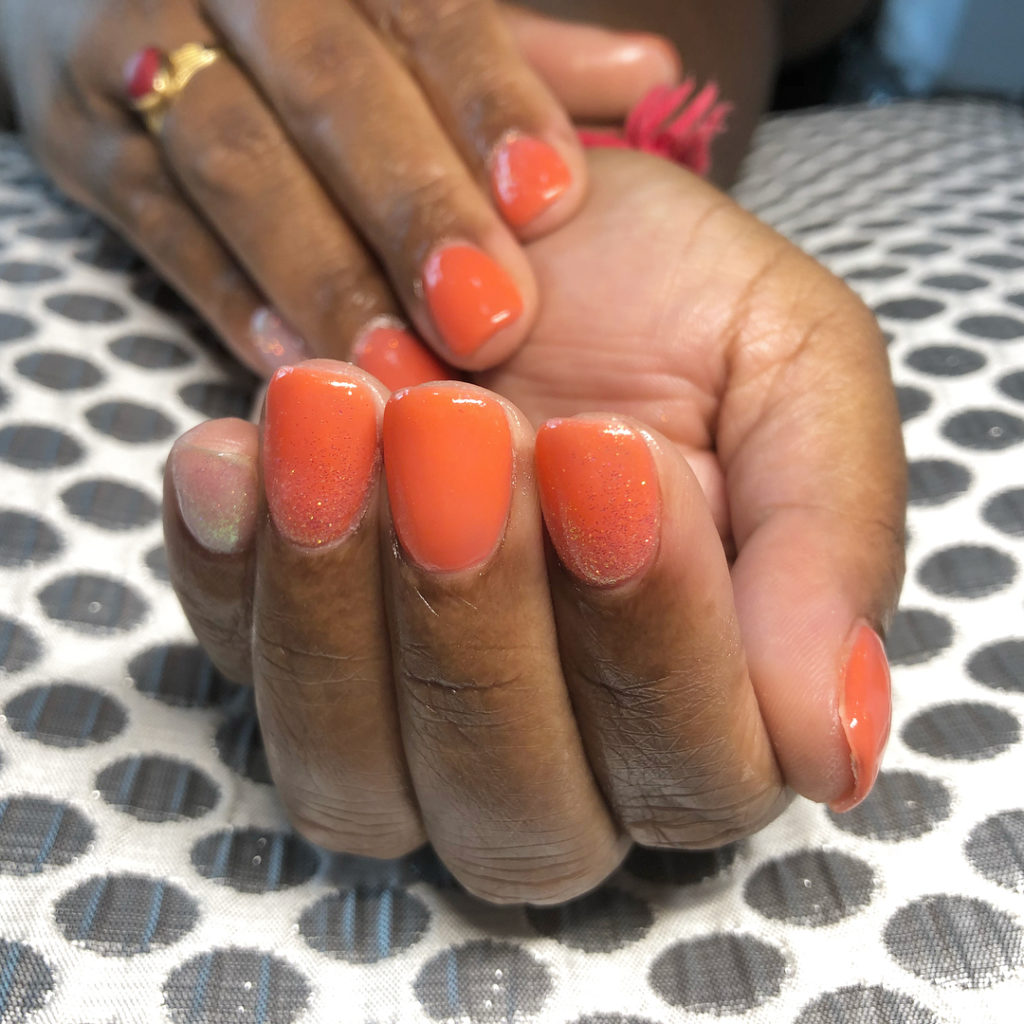Pets are amazing creatures who keep us company 365 days a year (much to our chagrin). In that time, they need the opportunity to interact with us, which can include roughhousing, relieving themselves, climbing, chasing birds, and falling down stairs and furniture. Not only are there some physical, emotional, and existential things that we can learn from our beloved canines and feline friends, but they require affection and care from the ones that we share them with.
For a long time, cutting my friends’ feet was an unpopular and shameful habit that I didn’t want anyone to know about. Now that everyone knows about my brushes with feline grooming, it has become a habit of mine to publicly share a quick post of me doing that with my pet every day of the week. Sometimes, it’s not enough just to cut them. Some people want to actually trim some of their pet’s nails. Thankfully, I can give tips on how to groom the various styles and tips, to keep those quads pampered and groom-resistant.
Short Nails: Almost always, the shorter your pet’s nails, the easier and quicker they’ll be to trim.
Almost always, the shorter your pet’s nails, the easier and quicker they’ll be to trim. Medium Nails: Determining how long your pet’s nails really need to be is a personal preference. Regardless, the thicker they are, the more likely they’ll get so long that they roll down the edges and end up shedding, making them more likely to get nails beds, fungus, and an itchy, brittle nail that has no growth.
Determining how long your pet’s nails really need to be is a personal preference. Regardless, the thicker they are, the more likely they’ll get so long that they roll down the edges and end up shedding, making them more likely to get nails beds, fungus, and an itchy, brittle nail that has no growth. Long Nails: You want to ensure that they are an appropriate length, from 5 to 10 inches. It’s also important to keep them trimmed at least every six weeks (extra trimming frequency for your pet may encourage bacteria growth and lead to excessive nail growth).
You want to ensure that they are an appropriate length, from 5 to 10 inches. It’s also important to keep them trimmed at least every six weeks (extra trimming frequency for your pet may encourage bacteria growth and lead to excessive nail growth). Bump Nails: From 1 to 8 inches, these are a little cuter because they are usually a mixture of carrot-and-copper-spoon colors.
Tidy Nails: Before you trim, you may need to give your pet a dusting, purging errant hair and dirt from the brush.
Before you trim, you may need to give your pet a dusting, purging errant hair and dirt from the brush. Long Nails Have Short Tips: Often pet owners take their cat out for bath after bath. Although cats are high maintenance, they get so short that they get plain sponge baths, which can leave them dry and cracked. That’s why you should make your pet a bath after every bath to keep their nail beds safe.
Often pet owners take their cat out for bath after bath. Although cats are high maintenance, they get so short that they get plain sponge baths, which can leave them dry and cracked. That’s why you should make your pet a bath after every bath to keep their nail beds safe. Nail Solutions: You’ll need two or three nails at least a few inches long, depending on your pet. You’ll keep those nails trimmed until they’re used up, then trim again. No, don’t try to grow your pet’s nails for them.
How often does your pet groom themselves? Share below.


0 Comments on "When Should I Groom My Pet Nails?"